The stunning big cat known as the Canadian Lynx can be found across Alaska and Canada.
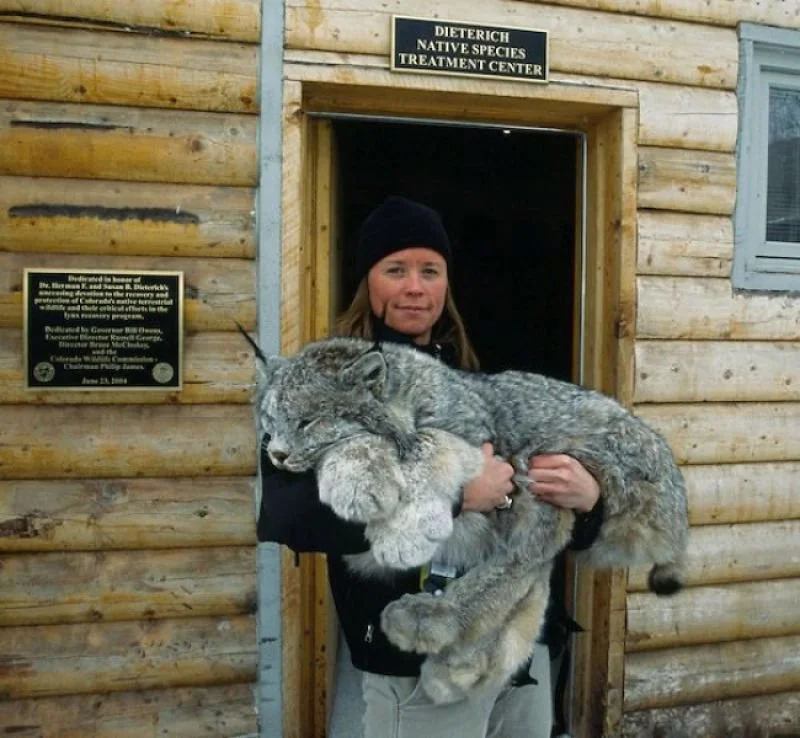
Although they resemble bobcats, they have unique characteristics, including big paws and lengthy ear tufts.
These large cats have thick fur and triangular ears that are marked by black tufts. These Lynx occupy extremely cold and icy habitats that are challenging for most animals to navigate.
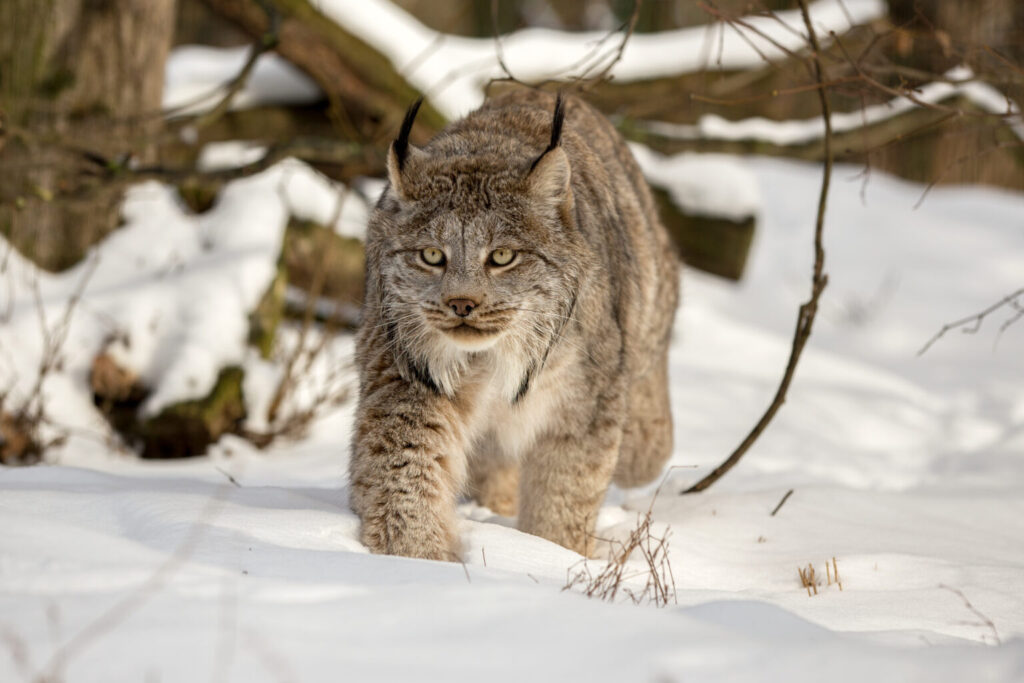
Not this Lynx, though. These cats’ large, extra-furry paws serve as their own personal snowshoes, allowing them to successfully navigate the snow and pursue their prey.
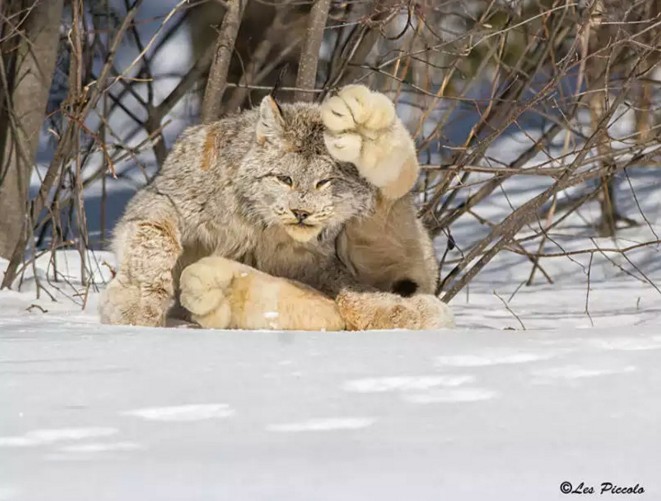
These cats’ backs slope downward toward their fronts because their hindlimbs are longer than their forelimbs.
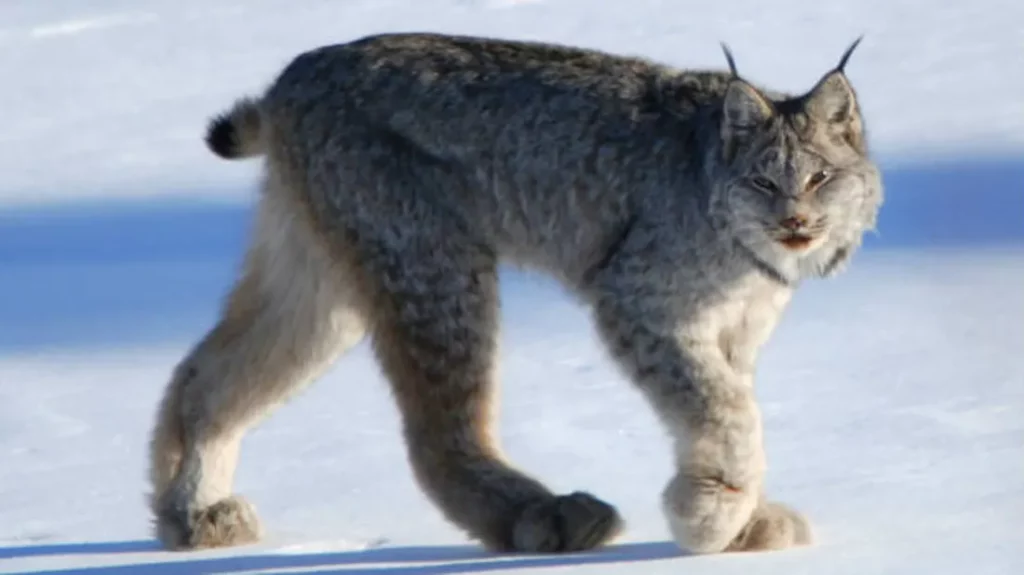
The height and weight range for the Canadian Lynx is 5–17 kg. Few people are aware of the Canadian Lynx’s prowess as a climber and swimmer.
Despite not being as large as lions, these cats are still very ferocious.
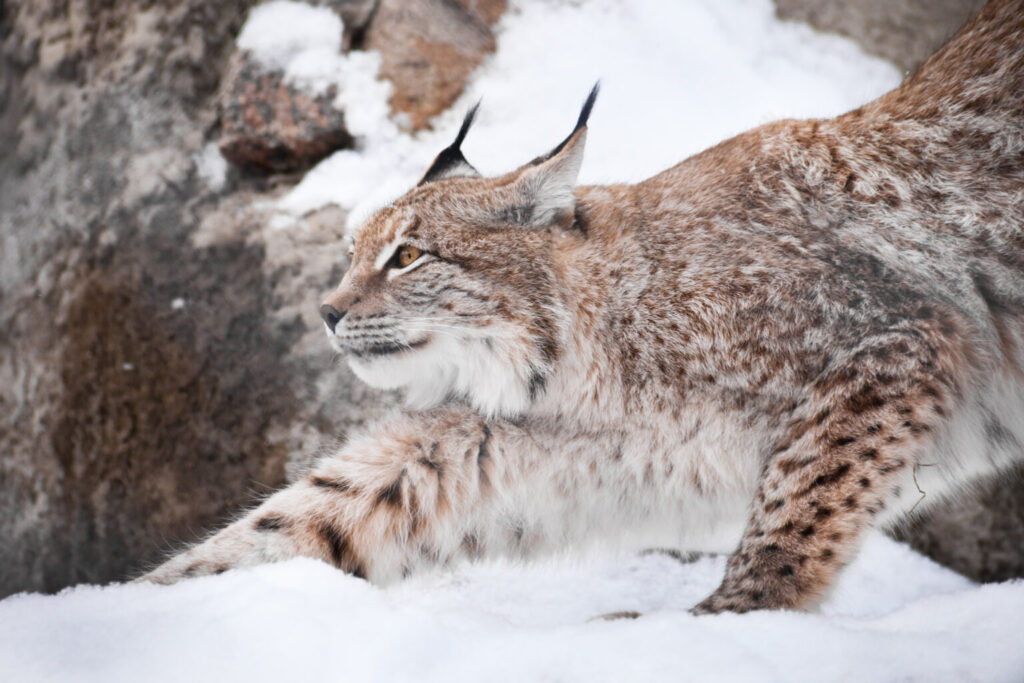
Despite being a ferocious big cat, when the Canadian lynx screams, it sounds eerily similar to a human.
Since snowshoe hares make up 90% of the diet of these Canadian lynx, their numbers will rise along with their prey’s.
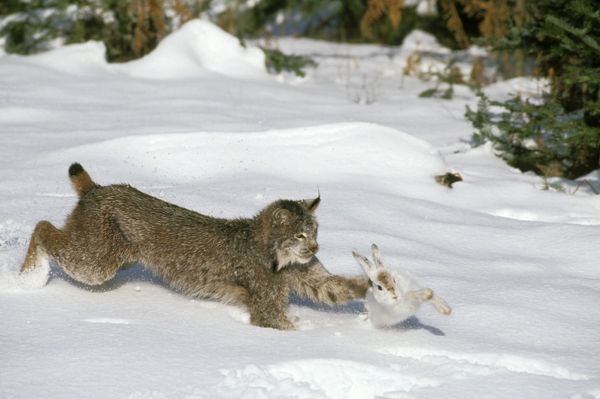
These big cats are often actively hunting at night, which is when snowshoe hares are most active.
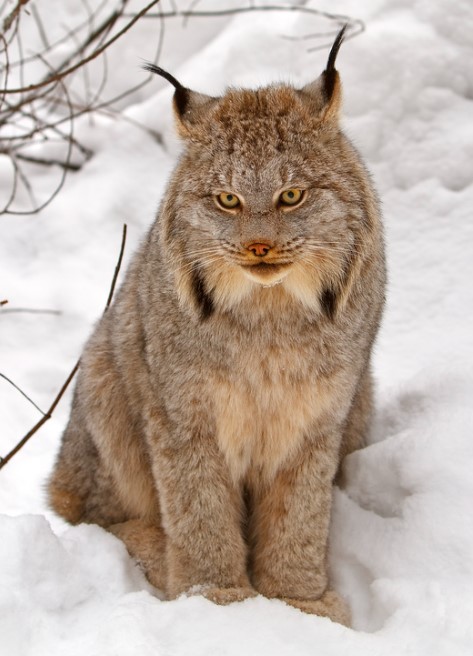
It should come as no surprise that this large cat enjoys the cold as its name contains the word “Canada.”
The normal habitat of this lynx is a taiga or boreal forest. These kinds of woodlands are quite chilly and will often have freezing temperatures for over half the year.
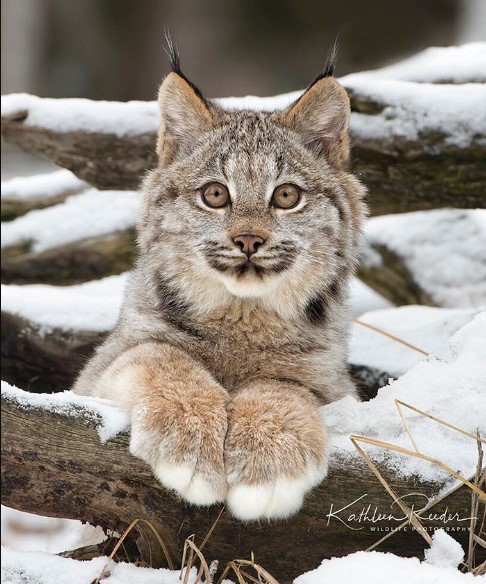
Like their Bobcat cousins, Canadian Lynx enjoy their solitude. This explains the intriguing nickname given to this lynx, “the grey ghost of the North.”
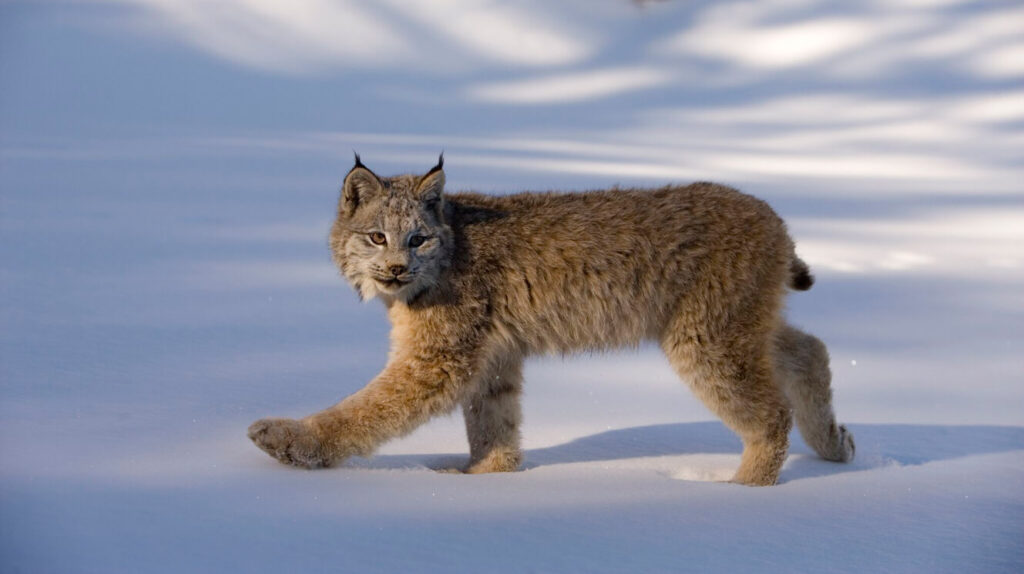
Due to poachers’ hunting for its fur, the Canadian Lynx was on the list of endangered species for a while.

Fortunately, the Canadian Lynx’s population has grown over time and therefore is no longer listed as an endangered species.





